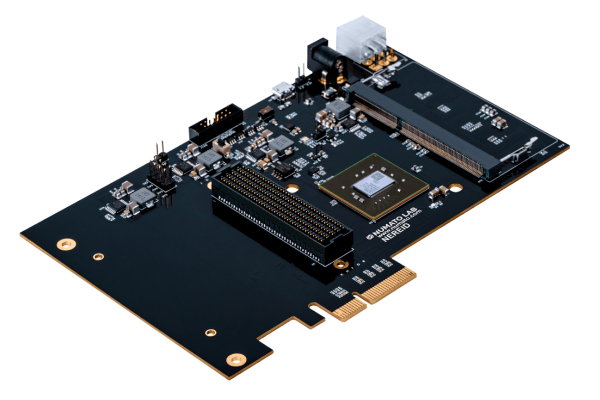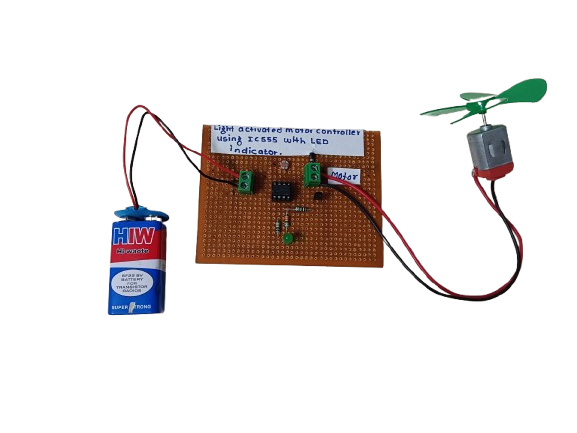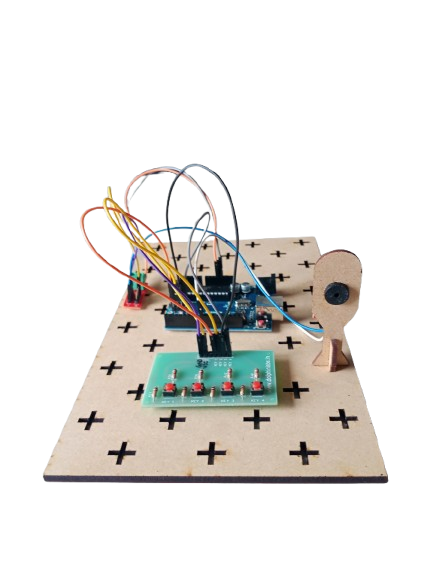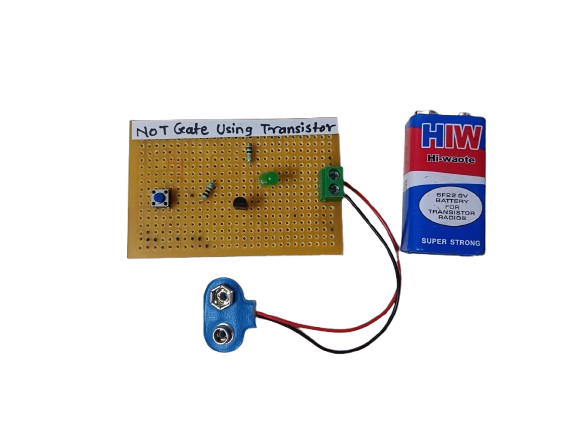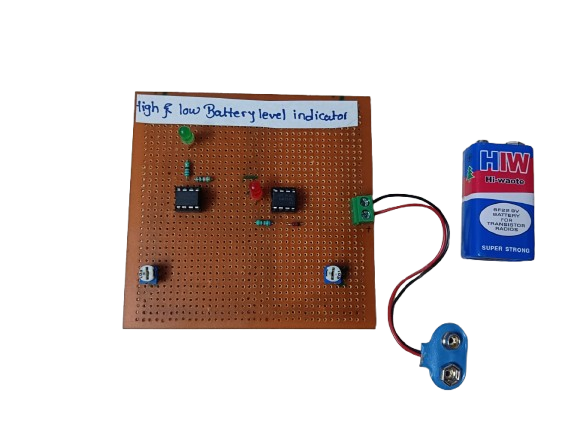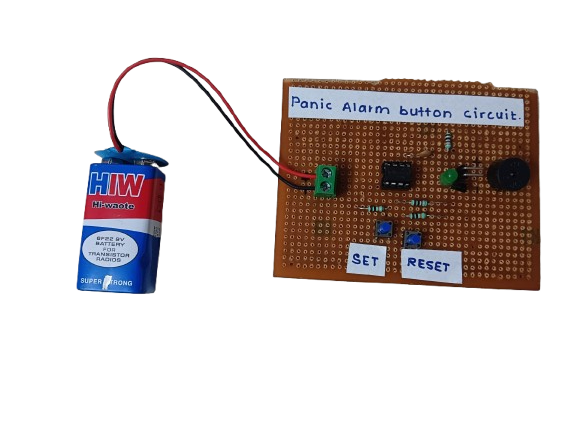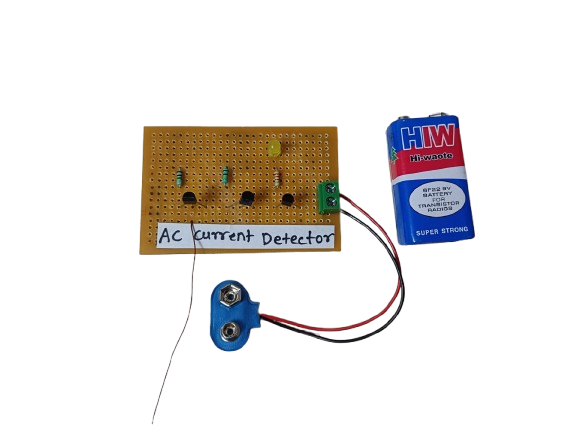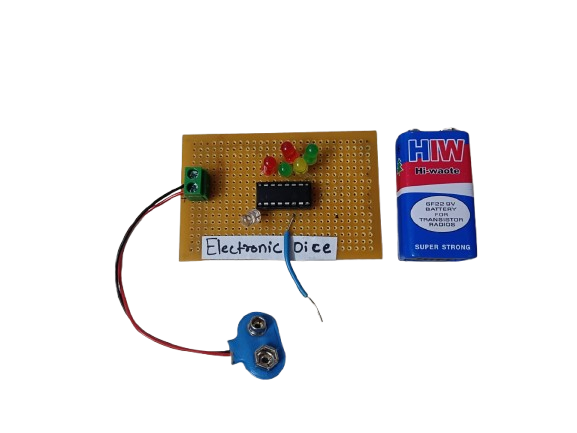Heartbeat Detector
₹450.00
In StockA heartbeat detector is an essential device for monitoring heart health, providing real-time data about a person’s pulse rate. Whether in a hospital, gym, or a DIY electronics project, it demonstrates how biomedical signals can be measured and processed using sensors and electronics. It’s a valuable tool for both personal health awareness and professional medical diagnostics.
Description
A heartbeat detector is a biomedical instrument that plays a crucial role in health monitoring systems, used to measure a person’s pulse rate non-invasively. These devices are designed to detect the small physical or optical changes in the body caused by the rhythmic contraction and expansion of the heart.
The most common method uses a pulse sensor with a photoplethysmography (PPG) principle:
- An infrared (IR) LED shines light into the skin.
- A photodetector (photodiode or phototransistor) measures how much light is absorbed or reflected, which changes with blood volume.
- Each pulse causes a small fluctuation in the signal, which is processed using filters and amplifiers to detect heartbeats.
Other methods use piezo sensors that detect pressure changes in the arteries, or even ECG electrodes for higher accuracy.
Heartbeat detectors can be standalone devices or part of larger systems, such as fitness trackers, smartwatches, or patient monitoring systems.
-
The Conveyor Belt Object Counter using LDR and 7-Segment Display with the 8051 microcontroller is designed to count objects passing in front of an LDR (Light Dependent Resistor) sensor. The system works by detecting light interruptions when an object crosses the sensor, causing a change in the LDR’s resistance. The microcontroller processes this change and increments an object count. The count is then displayed on a 7-segment display.
-
A Light Activated Motor Controller using IC 555 is a simple electronic circuit that turns a motor ON or OFF based on the presence or absence of light. It uses a LDR (Light Dependent Resistor) as a light sensor and the 555 timer IC in a comparator mode, along with an LED to indicate the motor’s status.
₹280.00 -
₹6,822.00
-
A Morse Code Generator is an electronic project designed to convert text input into Morse code signals using Arduino, a keypad, and a buzzer. Morse code is a method of encoding text characters as sequences of dots and dashes, widely used in communication systems, especially in emergency signaling and amateur radio. This project demonstrates signal encoding, microcontroller programming, and interactive electronics.




